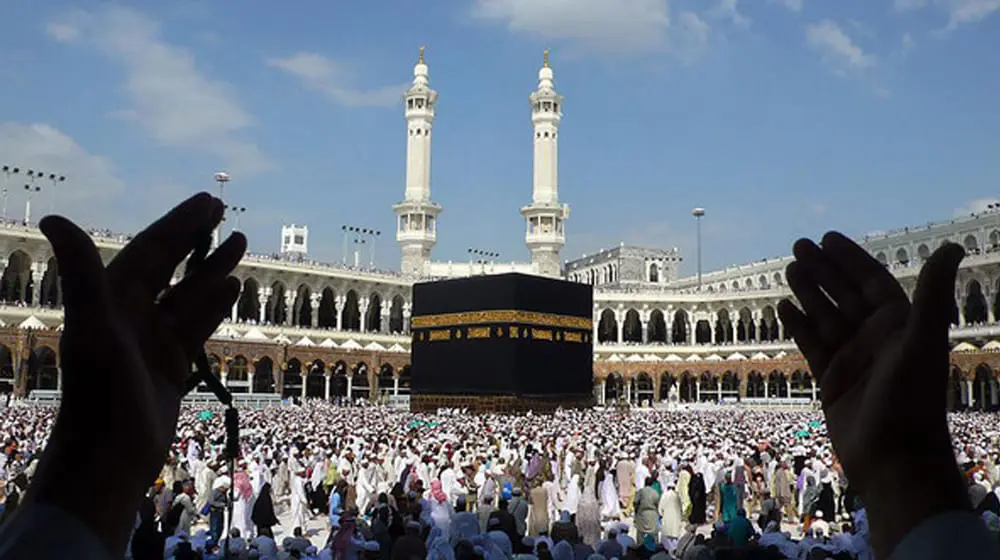Approximately two million Muslim pilgrims participated in the symbolic stoning of the devil on Sunday, marking one of the final rites of the annual Hajj pilgrimage in Saudi Arabia.
This event also signals the beginning of Eid al-Adha celebrations for Muslims worldwide.
The ritual took place in Mina, where pilgrims cast pebbles at three large pillars representing the devil. This act symbolises the rejection of evil and sin, based on the story of Prophet Ibrahim’s (Abraham’s) test of faith.
On Saturday, more than 1.8 million pilgrims gathered on Mount Arafat, considered the pinnacle of the Hajj. They then spent the night in Muzdalifa, collecting pebbles for Sunday’s ritual.
The Hajj, one of the five pillars of Islam, draws Muslims from around the world. This year, Saudi officials report that over 1.83 million pilgrims are participating, according to Tawfiq bin Fawzan al-Rabiah, the Saudi Hajj and Umrah Minister.
Following the stoning ritual, pilgrims will spend three days in Mina. They will also return to Mecca to perform ‘tawaf’, circling the Kaaba in the Grand Mosque seven times anticlockwise.
As the pilgrimage concludes, male pilgrims typically shave their heads and remove their white Ihram garments. Many then travel to Medina to pray at Prophet Muhammad’s tomb.
Meanwhile, Muslims around the world are celebrating Eid al-Adha, also known as the Feast of Sacrifice. In Nigeria, where it’s called Babbar Sallah in Hausa, the holiday commemorates Ibrahim’s willingness to sacrifice his son as commanded by Allah. It’s traditionally marked by the sacrifice of animals, usually rams, with the meat shared among family, friends, and those in need.
The convergence of the Hajj conclusion and Eid al-Adha underscores the spiritual significance of this period in the Islamic calendar, uniting Muslims in celebration and remembrance of their faith’s core principles.



